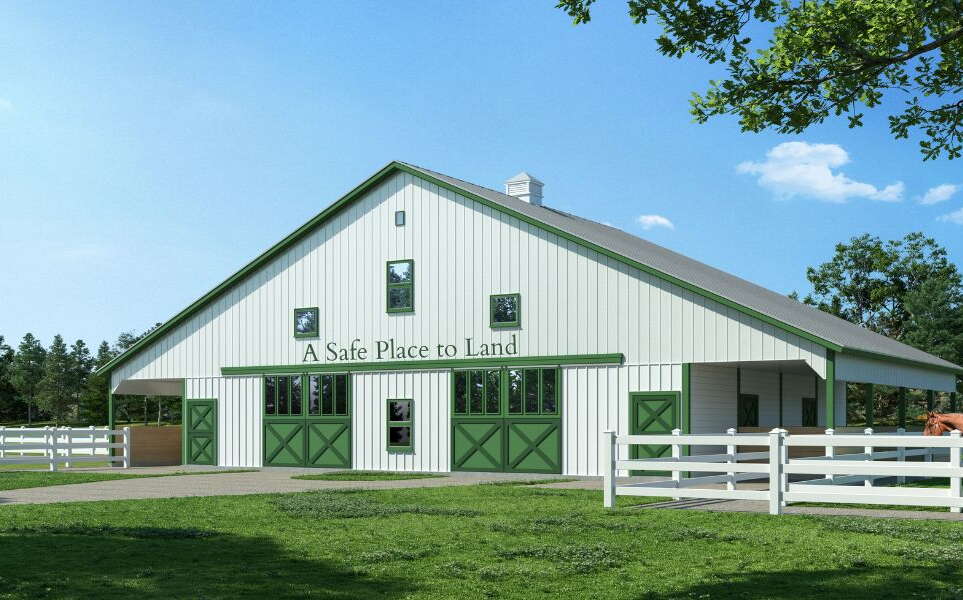
Processing Your Payment
Please do not leave this page until complete. This can take a few moments.
- News
-
Editions
View Digital Editions
Biweekly Issues
- December 1, 2025
- Nov. 17, 2025
- November 03, 2025
- October 20, 2025
- October 6, 2025
- September 22, 2025
- + More
Special Editions
- Lists
- Viewpoints
-
Our Events
Event Info
Award Honorees
- Calendar
- Biz Marketplace
Windham horse-rescue shelter launches fundraiser to expand capacity
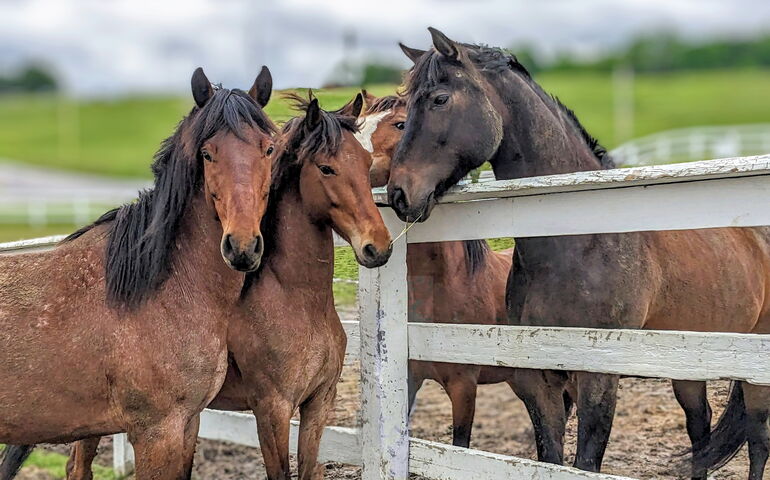 Photo / Courtesy Maine State Society for the Protection of Animals
There are generally between 35 and 40 horses on the farm at any given time. The herd size fluctuates as horses arrive and, once fully rehabilitated, get adopted.
Photo / Courtesy Maine State Society for the Protection of Animals
There are generally between 35 and 40 horses on the farm at any given time. The herd size fluctuates as horses arrive and, once fully rehabilitated, get adopted.
A nonprofit animal shelter that protects the health and welfare of abused and neglected equines has launched a capital campaign to build an additional eight-stall barn at its farm at 279 River Road in Windham.
The goal is to break ground mid-July.
“This barn will be dedicated to receiving incoming horses, and the seven-acre corner of the property will serve as the space where incoming horses are safely quarantined,” Peg Keyser, advancement director for the Maine State Society for the Protection of Animals, told Mainebiz.
The campaign rolled out to the public last week.

The project will cost $1.5 million. After an initial design process, the society worked with J.M. Brown Construction in Hermon to finalize the plan and design. J.M. Brown is the contractor for the project, and Shaw Brothers will be doing the sitework.
The goal of the capital campaign is to exceed $1.5 million. The campaign will receive a matching gift from the Dave and Carol McCulloch family of $500,000. To date, the society has raised more than $875,000 and is more than halfway toward raising the funds to unlock the matching gift.
Other financing sources include the society’s endowment fund to bridge expenses as they come due. The goal is to replenish the endowment with funds raised through the campaign.
Long-time mission
Originally formed in 1872 to protect the horses who pulled Portland’s streetcars and fire engines, the society provides direct care to animals that have suffered abuse and promotes humane treatment, training and use of animals through education and hands-on experiences. It collaborates with other animal-serving agencies to maximize resources of all.
The organization is funded by a combination of donations, bequests, grants and fundraising. The society doesn’t charge for shelter services and seeks no reimbursement from any public source.
Horses are most commonly received from Maine law enforcement officials. The goal is rehabilitation and a new home for each horse. If no suitable adoption is found, horses may live out their natural lives at the farm. Horses receive veterinary and farrier care on-site.
124-acre farm
The farm is 124 acres, about a third devoted to barns and buildings and the rest to hay fields, which provide a good portion of the hay used to feed the herd.
“We generally have between 35 and 40 horses on the farm at any given time; the herd size fluctuates as horses arrive and, once fully rehabilitated, get adopted,” said Keyser.
The new barn will be an addition to the facility.
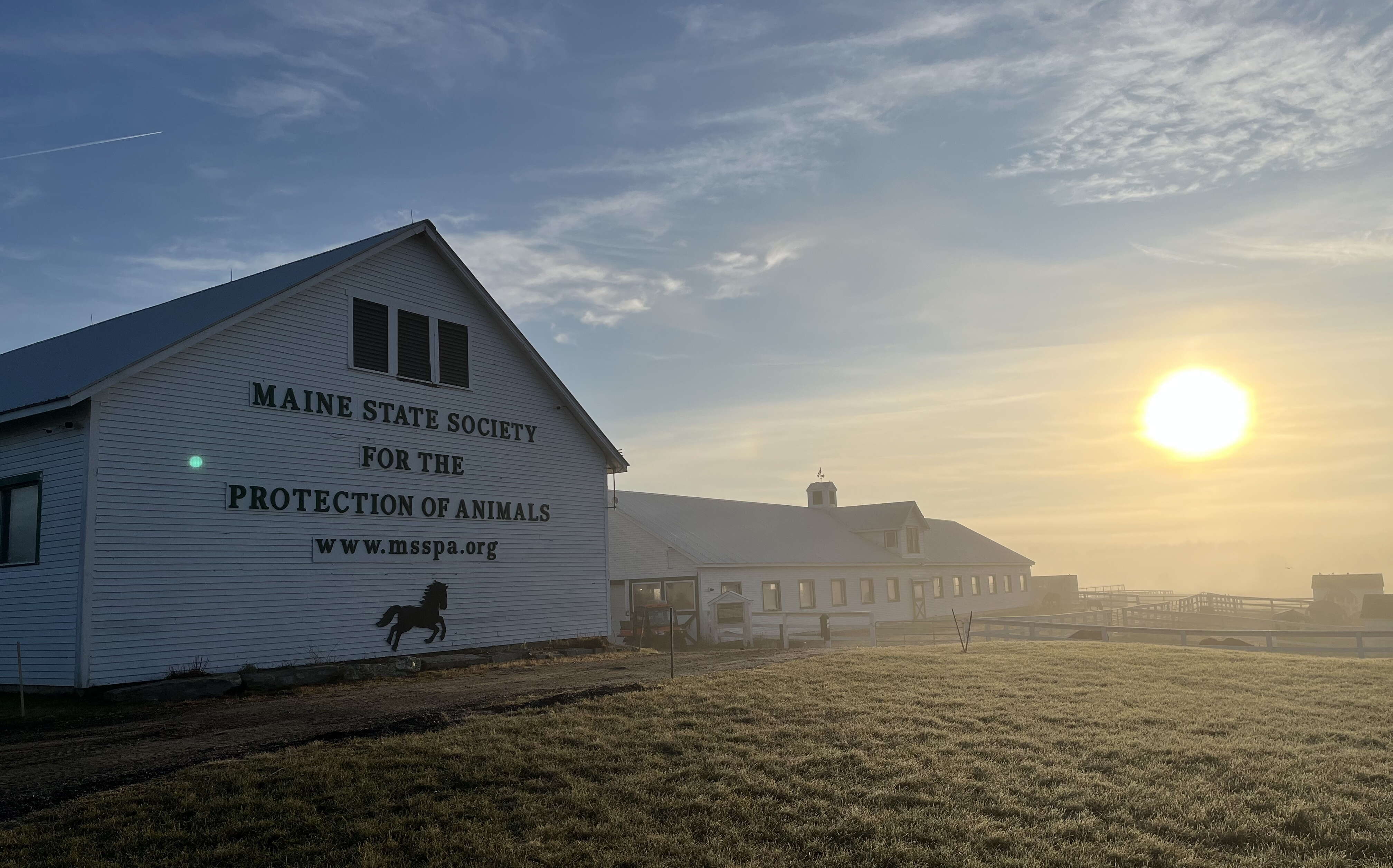
“We currently have the 'big barn,’ which has 24 stalls, and a smaller barn, original to the property, that we use to isolate a horse if it arrives in particularly compromised health,” Keyser said.
A main building houses administrative offices, a classroom, staff kitchen and an indoor arena where horses are trained year-round.
‘Quarantine central’
The new barn will provide more capacity, she said. Some horses comes to the farm that are seized by law enforcement. The society works with local and state law enforcement to trailer the horses from locations all over the state to the society’s facility.
Other horses are surrendered directly to the society by owners.
All arrive “in extremely fragile health,” she said. “They often arrive without any medical records or background, so each horse gets an intake exam with a veterinarian. The neglected horses arrive emaciated, often with lice, parasitic conditions and sometimes other contagious medical issues that we want to keep from our resident herd.”
As a result, it is standard that all new horses are quarantined for 28 days while staffers do basic bloodwork, administer necessary vaccines and get them started on individualized re-feeding program.
“It is essential that these new horses do not have contact with the resident herd so as to protect the safety of the horses already in our care,” she said. “We have had this quarantine protocol in place for a very long time. However we often had to construct temporary fencing and such to create quarantine 'accommodations' so horses would not have any nose-to-nose contact while in quarantine.”
The barn will serve as "quarantine central.” Even while in the stalls, horses won’t be able to have nose-to-nose contact with stall mates.
“The barn will also have four connected paddocks designed so as to prevent contact,” she continued. “And we are re-fencing a large pasture area — again to provide pasture that prevents horses coming in contact with each other.”
Stalls and paddocks
The barn will be just under 3,000 square feet. In addition to the eight stalls, there will be a feed room sponsored by Iowa-based animal feed supplier Kent Nutrition Group, which makes Kent and Blue Seal brands. The room will be called the Kent Nutrition Kitchen because the farm uses Blue Seal Feed.
There will also be an exam room, wash stall and utility room for equipment. All equipment — such as wheelbarrows, pitchforks, halters and leads — will stay with the barn to avoid cross-contamination of equipment traveling across the farm to the resident herd.
Each stall will have an overhang outside the stall, providing an outdoor, shaded area. From that area, horses will have access to one of the four paddocks.
An important part of this project, will be sitework and re-doing of the paddocks.
“Maine weather challenges our paddocks, which go from frozen, to muddy and back to frozen much of the year,” said Keyser. “This makes for challenging footing for the horses, especially those in vulnerable health or with lameness/hoof issues. The new paddocks will have improved drainage and footing — so incoming horses will know comfort on every level.
For more information, click here.
Mainebiz web partners
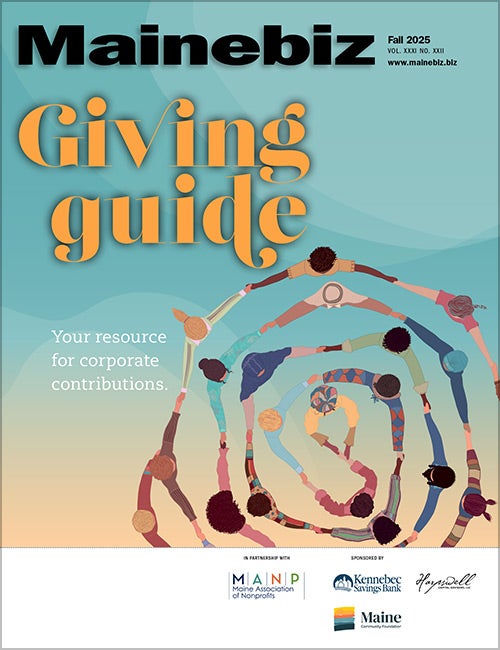
The Giving Guide
The Giving Guide helps nonprofits have the opportunity to showcase and differentiate their organizations so that businesses better understand how they can contribute to a nonprofit’s mission and work.
Learn More
Work for ME
Work for ME is a workforce development tool to help Maine’s employers target Maine’s emerging workforce. Work for ME highlights each industry, its impact on Maine’s economy, the jobs available to entry-level workers, the training and education needed to get a career started.
Learn More
Groundbreaking Maine
Whether you’re a developer, financer, architect, or industry enthusiast, Groundbreaking Maine is crafted to be your go-to source for valuable insights in Maine’s real estate and construction community.
Learn more-
The Giving Guide
The Giving Guide helps nonprofits have the opportunity to showcase and differentiate their organizations so that businesses better understand how they can contribute to a nonprofit’s mission and work.
-
Work for ME
Work for ME is a workforce development tool to help Maine’s employers target Maine’s emerging workforce. Work for ME highlights each industry, its impact on Maine’s economy, the jobs available to entry-level workers, the training and education needed to get a career started.
-
Groundbreaking Maine
Whether you’re a developer, financer, architect, or industry enthusiast, Groundbreaking Maine is crafted to be your go-to source for valuable insights in Maine’s real estate and construction community.
ABOUT
NEW ENGLAND BUSINESS MEDIA SITES
No articles left
Get access now
In order to use this feature, we need some information from you. You can also login or register for a free account.
By clicking submit you are agreeing to our cookie usage and Privacy Policy
Already have an account? Login
Already have an account? Login
Want to create an account? Register
Get access now
In order to use this feature, we need some information from you. You can also login or register for a free account.
By clicking submit you are agreeing to our cookie usage and Privacy Policy
Already have an account? Login
Already have an account? Login
Want to create an account? Register

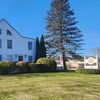




0 Comments